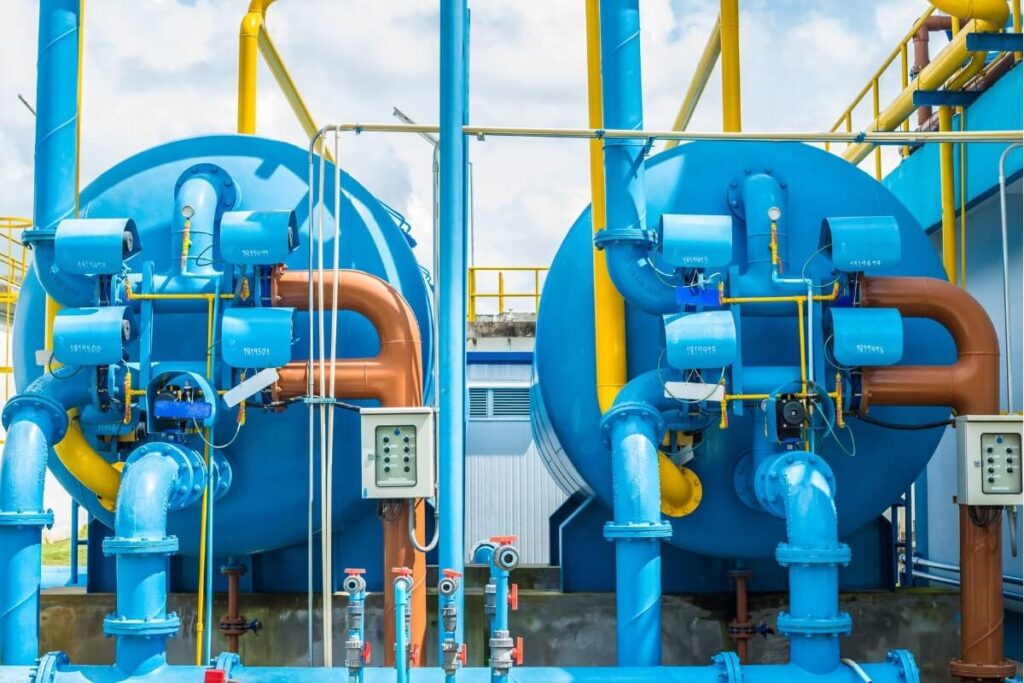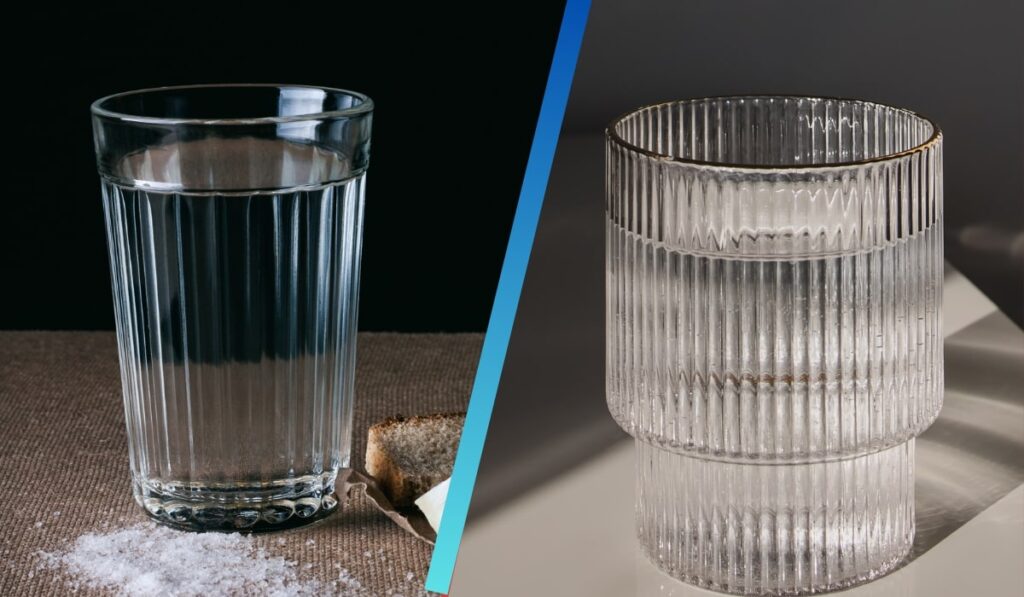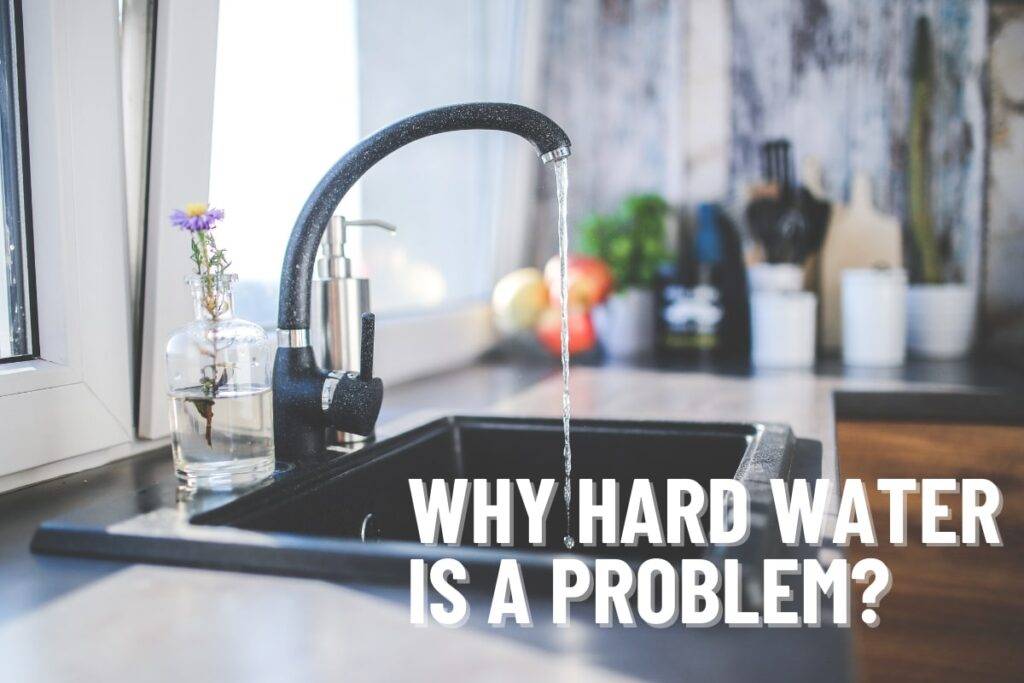How Often Should You Perform Water Softener System Maintenance?
Do you have crusty deposits on your faucets or feel like your water pressure isn’t what it used to be? These could be signs your water softener needs some TLC. Maintaining your water softener isn’t just about extending its life – it’s crucial for the quality of water you use daily for drinking, cooking, and bathing. But how often should you be doing water softener maintenance? In this article, we’ll get into the nitty gritty of keeping your water softener in top shape, so it runs smoothly and gives you the best water for your home. What is a Water Softener A water softener is a device that removes calcium and magnesium from water. These minerals cause water hardness, which can cause problems in your home. How Does It Work? Water softeners use ion exchange to replace calcium and magnesium ions with sodium ions. Get a water softener test to find out your grains per gallon (GPG) water softener hardness value. Why Maintenance Is Important Is water softener maintenance important? Without it, your water softener system may not remove hard minerals, and you’ll have issues like scale buildup and low water pressure. Water softeners play a big role in the quality of water you use, from daily showers to cooking. They reduce the hardness of water by filtering out particles like calcium and magnesium and prevent scale buildup in pipes. Consequences Of Neglecting Maintenance Neglecting maintenance will give you clogged pipes, damaged appliances, and poor water quality. It’s not just about extending the life of the system but also about the quality of water you use daily. Also, neglecting maintenance will give you crusty deposits on faucets. How Often to Perform Water Softener System Maintenance General Guidelines Water softener system maintenance should be performed every 3 to 4 months, but this may vary depending on your situation. Factors to Consider Several factors will determine and influence your water softener maintenance. These are the hardness of your water, the amount of water you use, and the location and type of water softener system you have. Signs Your Water Softener Needs Maintenance Decreased Water Pressure One of the first signs your water softener needs maintenance is a drop in water pressure. This is caused by mineral buildup in the system. Hard Water If you notice hard water signs like spots on dishes, it’s a clear indication your water softener is not working properly and needs maintenance. Crusty Deposits On Faucets Crusty deposits on faucets and drains are another sign of hard water and may indicate that your water softener needs maintenance. Unusual Taste Or Smell In Drinking Water A change in the taste or smell of your drinking water means your water softener needs attention. Maintenance keeps your water fresh and clean. Water Softener System Maintenance Steps Checking Salt Levels Check the salt levels in your brine tank regularly. Salt is essential for the regeneration process, as it keeps your water softener working. Cleaning The Brine Tank Salt can form bridges or sludge at the bottom of the brine tank over time. Cleaning the tank at least once a year will prevent this. Checking For Leaks Regularly check your system for any leaks or damages. Early detection will save you from costly repairs and ensure your system runs smoothly. DIY Water Softener System Maintenance Tools Needed For DIY maintenance projects, you’ll need basic tools like a wrench, a bucket, and some cleaning supplies. Step-by-Step Guide Check Salt Levels: Make sure there’s enough salt in the brine tank. Clean the Brine Tank: Remove salt sludge and clean the tank. Inspect the System: Look for leaks or any signs of damage. Regenerate the System: Manually regenerate the system. Safety Tips Always turn off the water supply before maintenance. Wear gloves and eye protection when handling cleaning chemicals. When To Call A Professional Complex Issues If you have issues like motor problems or resin bed contamination, call a pro. These need specialized knowledge and equipment. When looking for water softener system maintenance, check reviews and ask for referrals to find a good service provider. Maintenance Benefits Extends System Life Water softener system maintenance will extend the life of your water softener system and save you money in the long run. Optimal Performance A maintained water softener system will work more efficiently, give you soft water all the time, and reduce wear and tear on your appliances. Better Water Quality Regular water softener system maintenance will keep your water mineral-free and improve its taste. Problems And Solutions Salt Bridges Salt bridges prevent the system from regenerating. Breaking up salt bridges with a broom handle fixes this. Resin Bed Contamination If the area around the resin bed is contaminated, the system will not work efficiently. You might need to replace the resin or call a pro. Motor Issues If the motor is not working, the system will not regenerate. This usually requires professional repair. Choosing A Service What to Look For When choosing a service, look for experience, good reviews, and proper licensing. A good service provider will conduct water softener maintenance properly. Questions to Ask Ask about their experience with your type of water softener, their services, and their pricing. Make sure they offer a warranty on their work. Check Service Reviews Check online reviews and ratings to find a good service provider in your area. Environmental Considerations Eco-Friendly Home Practices Use eco-friendly cleaning products and dispose of waste properly to minimize environmental impact. Proper Disposal Follow local guidelines for disposing of brine and other waste from your home and water softener system. Regular water softener system maintenance is key to your system working efficiently and lasting long. By doing regular checks and cleaning, you can prevent common problems and enjoy the benefits of your water softener. If you’re not sure how to perform water softener maintenance yourself, call a pro. Keeping your water softener in top shape will give you better water quality and peace of mind. FAQs How Do I Know If My










